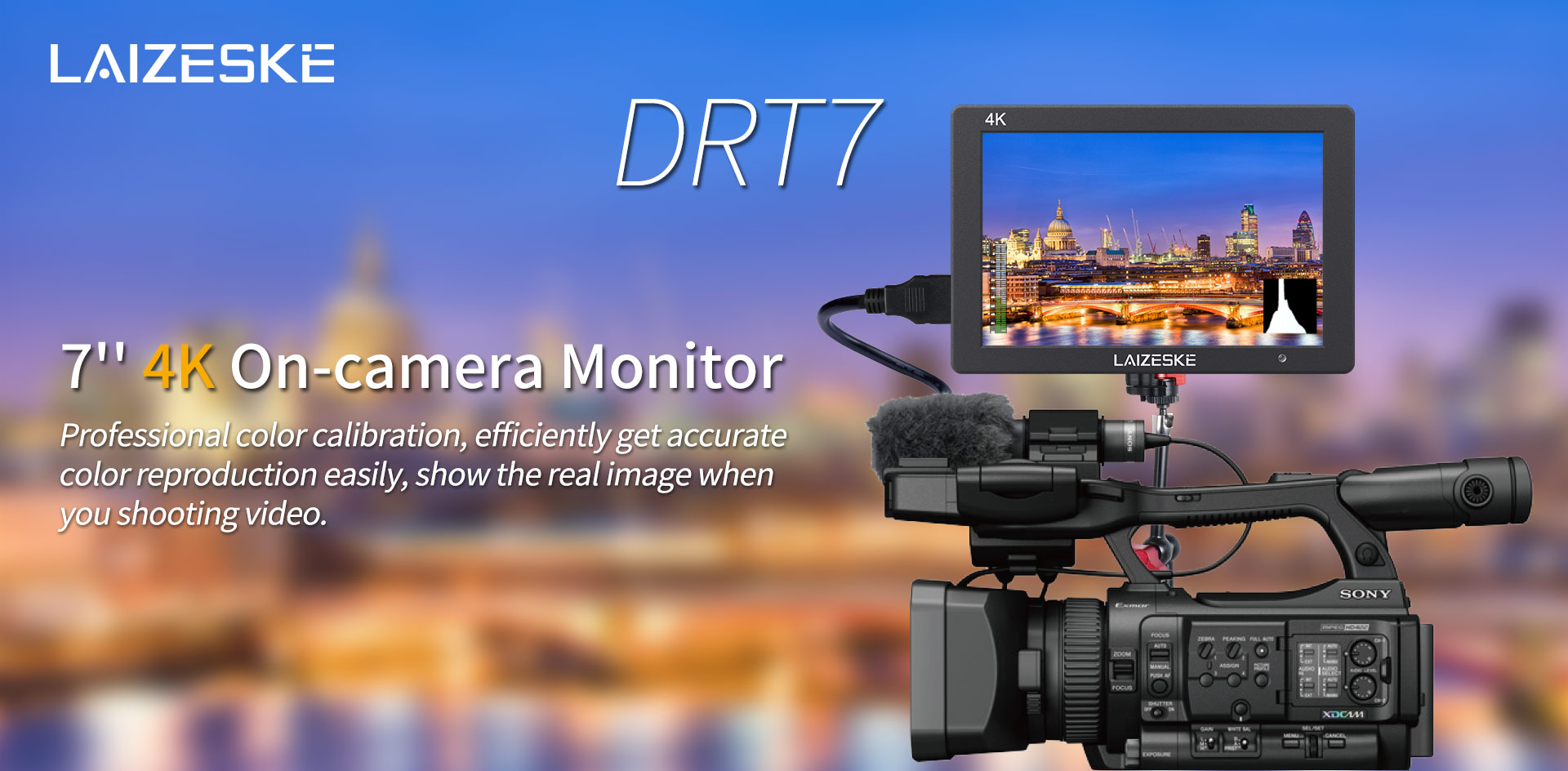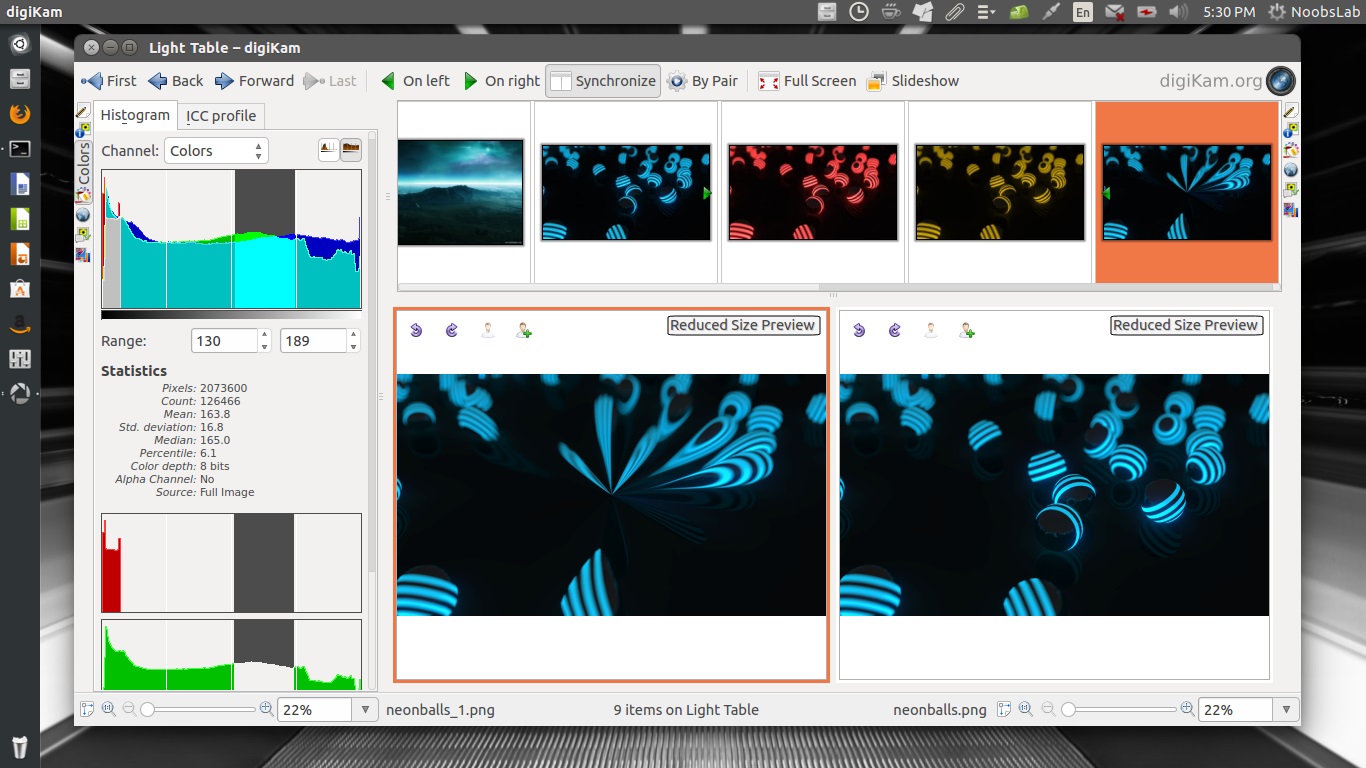

The layout of digiKam is fairly intuitive, especially if you're a KDE user. Depending on how many photos you have and how large they are, you might want to let it run over night. The initial launch will be slower than usual because digiKam must analyse the photographs in your collection and record information about each one.

Some choices affect performance and file size, so read the screen carefully to decide what you really want, but all of the decisions can be changed later, so accepting the defaults is safe if you're not sure. Upon first launch, you must step through a brief setup wizard. Your distribution may or may not have the latest version, but don't get overly concerned about that digiKam is in the enviable position of having been essentially a complete and stable application for years now, so unless you're looking for a specific feature that only exists in the latest version, it's going to be a good experience, at least just getting started.

DIGIKAM ON 4K DISPLAY SOFTWARE
If you don't have digiKam installed, you can either grab it for Linux, Windows, or, with a little bit of work, on OS X from the digiKam download page or, on Linux, from your distribution's software repository. Suffice it to say that digiKam is a humble application, because "digital photo management" barely touches on the feature set. DigiKam bills itself as a digital photo management application.


 0 kommentar(er)
0 kommentar(er)
